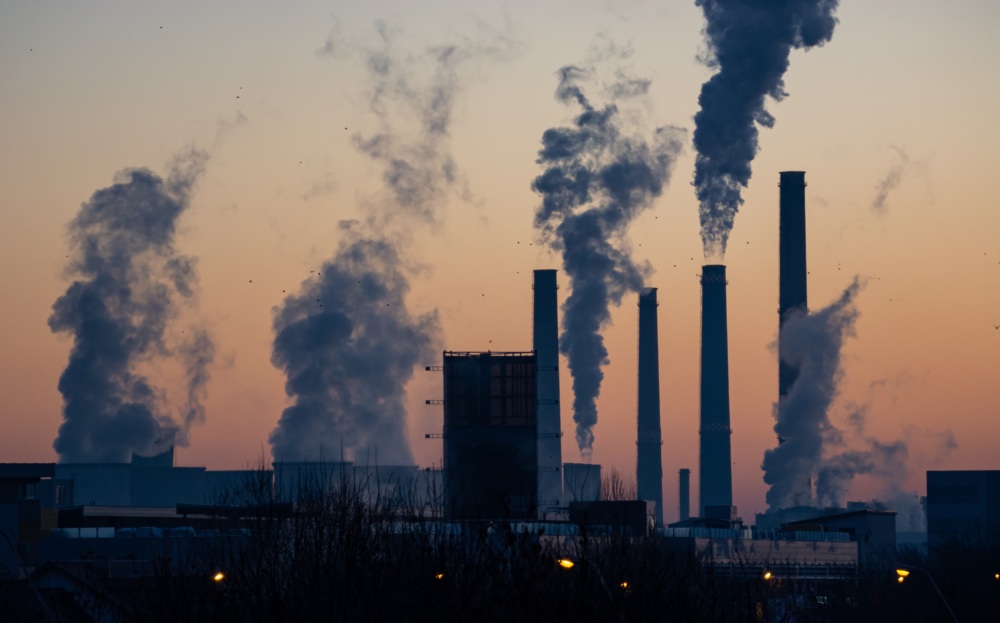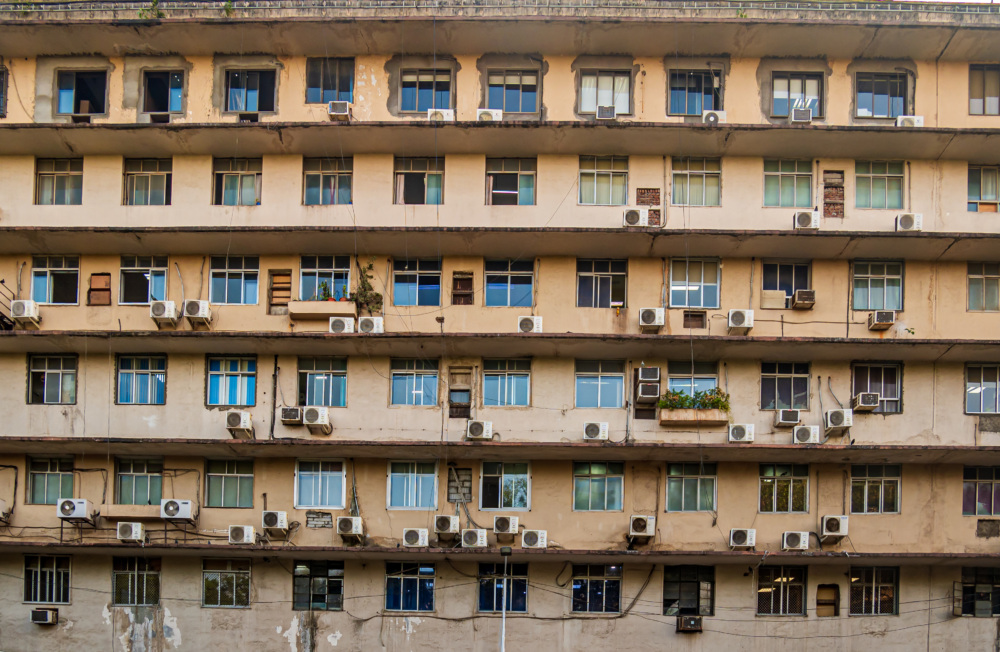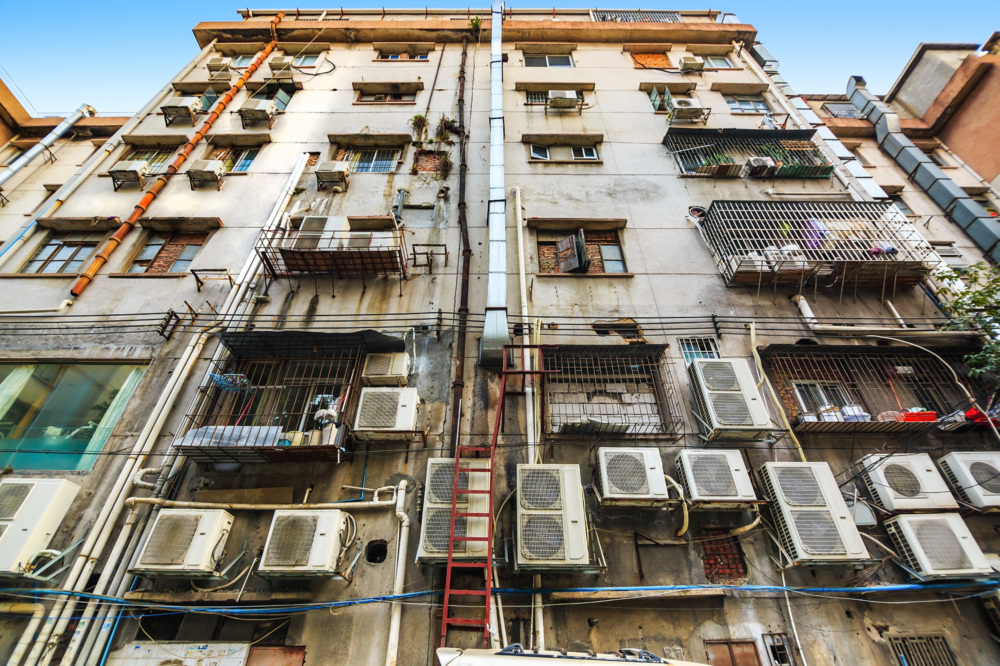India Air Compressor Policy Report
CLASP worked with PwC India to conduct comprehensive technology and market assessments for air compressors in India, to inform efficiency standards development and a labeling program. Using both surveys and in-person interviews of manufacturers and their associations, we examined the air compressor market in order to understand product segmentation, projected growth rates, and prevalent technologies.
Download Report
Fill out the form below to activate file downloads
You can now download the files related to this report above.
In collaboration with PwC India
Air compressors are a widely used type of equipment that rely on electricity or fuel to pressurize air for use in industrial, agricultural, pharmaceutical, and other applications. The organized market for air compressors in India was more than 100,000 units in FY2018-19, and with a government focus on ‘Make in India’ to strengthen India as global manufacturing hub, sales are expected to grow in the coming years. Air compressors thus represent a promising area of focus for energy efficiency policies and associated climate gains.
CLASP worked with PwC India to conduct comprehensive technology and market assessments for air compressors in India, to inform efficiency standards development and a labeling program. Using both surveys and in-person interviews of manufacturers and their associations, we examined the air compressor market in order to understand product segmentation, projected growth rates, and prevalent technologies.
Air compressors can be categorized as positive displacement units (reciprocating or rotary) and dynamic units (centrifugal). The Indian market is dominated by positive displacement compressors, which comprise 99% of the market. Air compressors with motor capacity up to 30 kW are primarily manufactured in India and make up most of the market, while a significant share of the higher capacity compressors are imported. The report further categorizes the air compressor market based on technology, lubrication, cooling method and drive speed.
The report also analyses national and international test standards for air compressors, and assesses domestic testing capacity. It reviews international labeling policies adopted in the European Union, China, the U.S., and other leading economies, finding that the labeling program in most countries is based on ISO 1217. The report proposes to base the labeling program in India on Indian Standard IS/ISO 1217, and isentropic efficiency is identified as the energy performance metric.
Based on an assessment of energy efficiency values shared by manufacturers for 1,196 models, energy efficiency metrics are proposed for an Indian efficiency standard, and the associated electricity and GHG savings are projected. The proposed labeling program focuses on positive displacement units. Dynamic air compressors are not proposed for labeling due to their minimal market share of less than 1%, and because they require a different efficiency metric. Based on analysis of energy performance data, separate star rating tables are proposed for air- and water-cooled compressors.
Modelling of the efficiency levels indicates that they would cumulatively avoid 8.41 TWH of electricity use and 6.9 MtCO2 emissions through 2030.
This work was supported by the John D. and Catherine T. Macarthur Foundation.









